Search
Remove Ads
Advertisement
Search Results
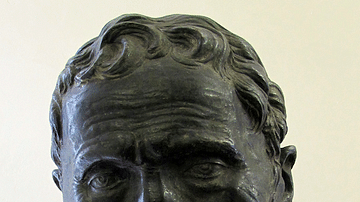
Image
Bust of Michelangelo
A portrait bust of the Italian Renaissance artist Michelangelo (1475-1564 CE). The portrait is the work of Daniele da Volterra (1509-1566 CE), created c. 1564 CE. (Bargello, Florence)

Image
The School of Athens by Raphael
The School of Athens by Raphael, painted between 1510-1511 CE, depicting all of the major philosophers of antiquity with Plato and Aristotle at the centre. (Vatican Museums, Rome).

Video
Florence & the Renaissance: Crash Course European History #2
The Renaissance was a cultural revitalization that spread across Europe, and had repercussions across the globe, but one smallish city-state in Italy was in many ways the epicenter of the thing. Florence, or as Italians might say, Firenze...
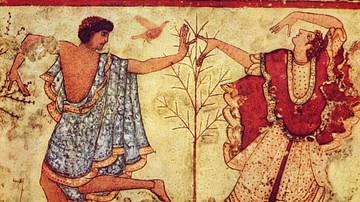
Article
Etruscan Clothing
The clothing of the ancient Etruscans, a civilization which flourished in central Italy between the 8th and 3rd century BCE, can be seen in many media of their art including wall paintings, bronze sculpture, stone relief carvings, and painted...

Definition
Renaissance Humanism
Renaissance Humanism was an intellectual movement typified by a revived interest in the classical world and studies which focussed not on religion but on what it is to be human. Its origins went back to 14th-century Italy and such authors...
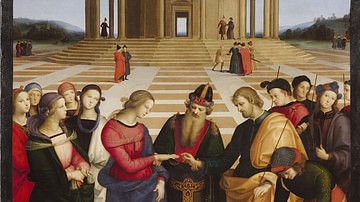
Image
The Marriage of the Virgin by Raphael
The Marriage of the Virgin painting by the Italian Renaissance artist Raphael (1483-1520 CE). Around 1504 CE. (Pinacoteca di Brera, Milan, Italy)
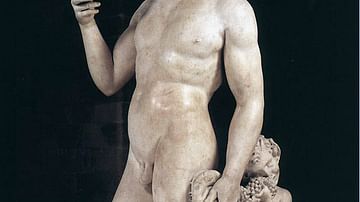
Image
Bacchus by Michelangelo
The marble statue of Bacchus by the Italian Renaissance artist Michelangelo (1475-1564 CE). c. 1497 CE. (Bargello, Florence)
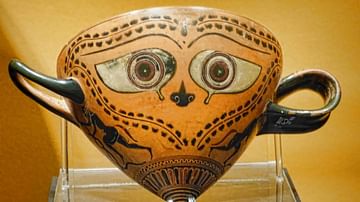
Article
Greek Vase Painters & Potters
We know the names of some potters and painters of Greek vases because they signed their work. Generally a painter signed his name followed by some form of the verb 'painted', while a potter (or perhaps the painter writing for him) signed...
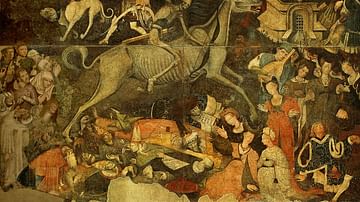
Image
Triumph of Death, Fresco
Fresco from the Palazzo Sclafani (Palermo), c. 1446 CE, now in the Galleria Regionale della Sicilia.
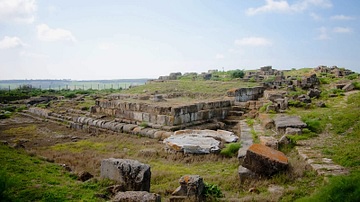
Image
Ara Della Regina, Tarquinia
The remaining base of the 4th century BCE Etruscan temple known as the Ara Della Regina, dedicated to an unknown goddess at Tarquinia. It was the largest known Etruscan temple with its base of limestone blocks measuring 77 x 34 m.